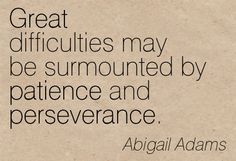Let’s quickly acknowledge the heroine of Homer’s Odyssey, Penelope, who waited for 20
years while her husband, Odysseus was gone.
First he was fighting in the Trojan War, then making his slow (quite,
quite slow) way back to their home in Ithica.
Penelope has been considered as a model of marital fidelity because
after so long a time, she would have been allowed to remarry, according to
Greek custom. Odysseus was missing- presumed
dead, and there was no shortage of suitors for his supposed widow. Homer tells us it was no less than 108 men
who tried to woo the fair Penelope. They
all gathered at the family estate in Ithica, and the rules of hospitality
demanded that Penelope feed and entertain these men. But she refused to accept that her husband
was dead, and so she waited for him.
(John William Waterhouse)
Penelope
is remembered for her cleverness is avoiding having to choose a husband from
among the suitors. Her father-in-law was
dying, so she spent her days weaving a burial shroud for him. She told the men that when she finished, she
would select a husband. She spent her
days weaving, and at night she undid her work to buy time for her husband to
return to her. Of course, Odysseus did finally return to his home, and by passing the tests which Penelope cleverly set for him, he was able to prove that he was, in fact, her husband. So all ended happily for the woman who
waited. (Whether or not he deserves her
is a debate for another day. J
)



















